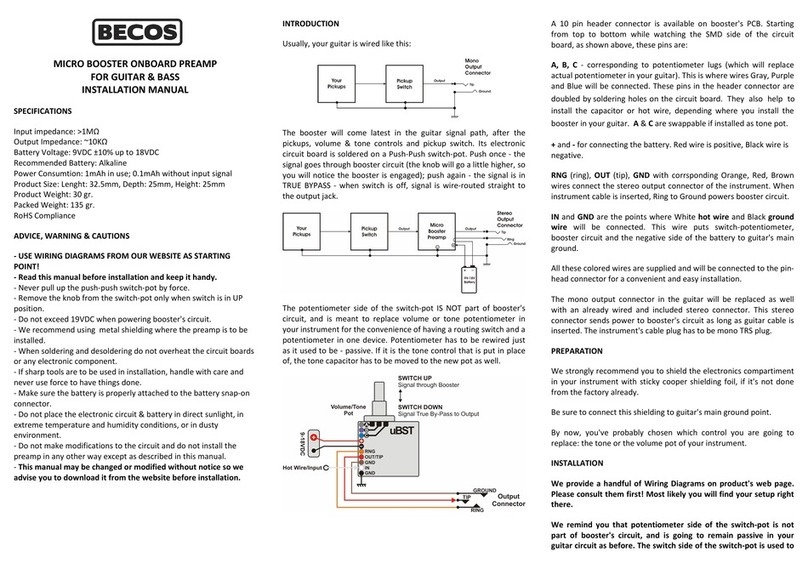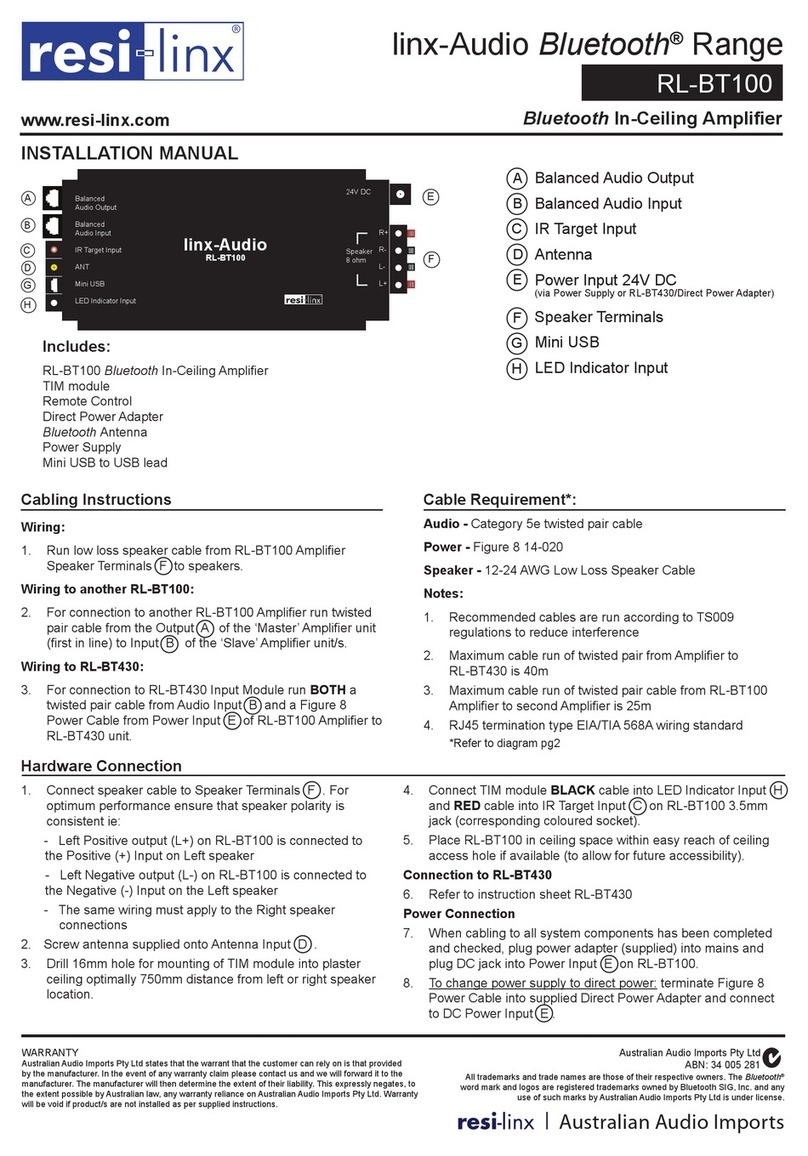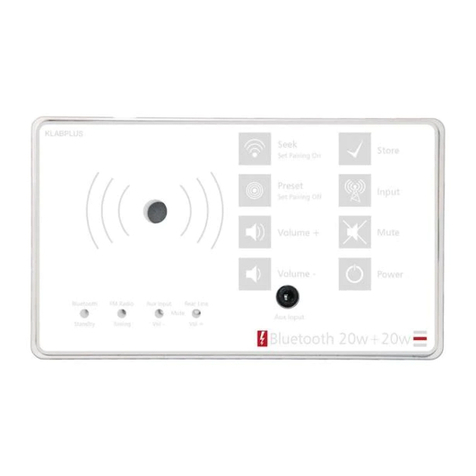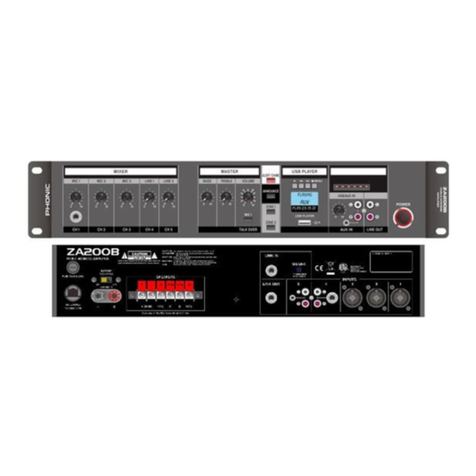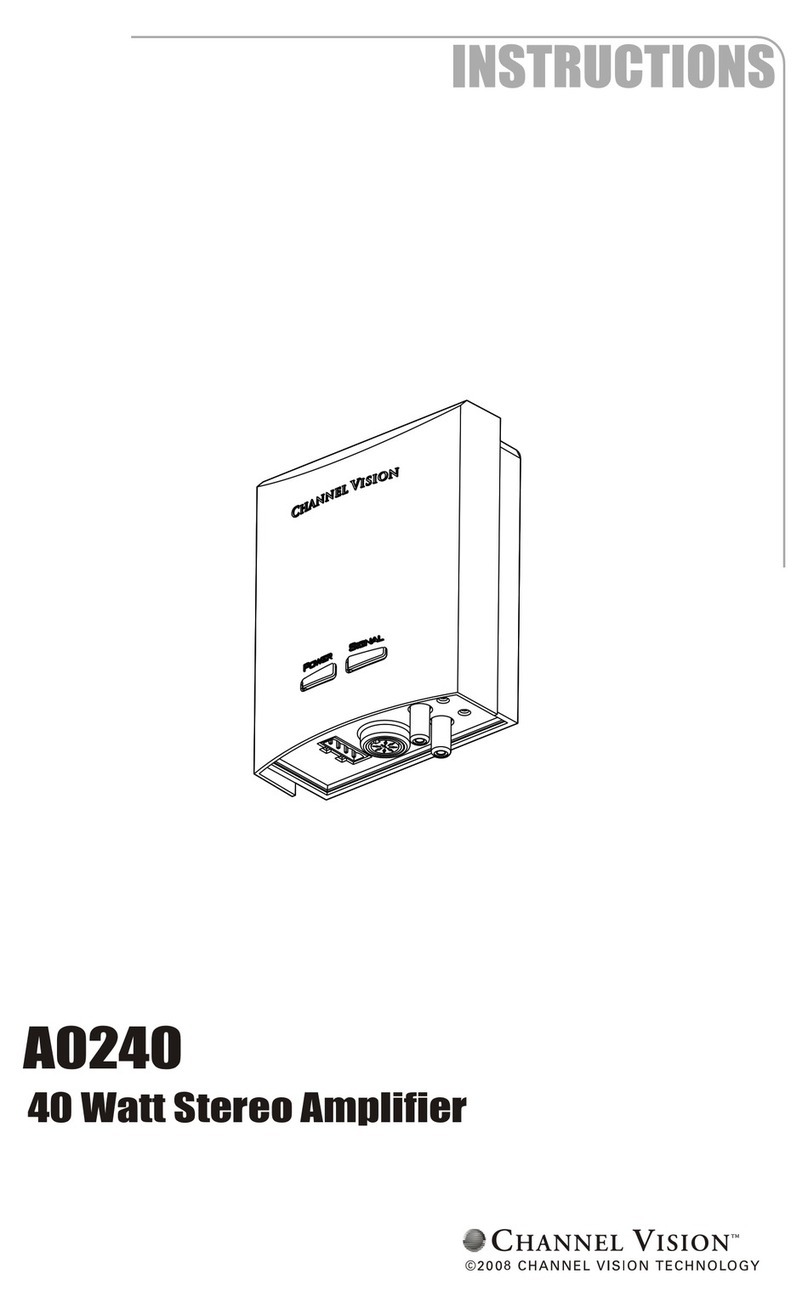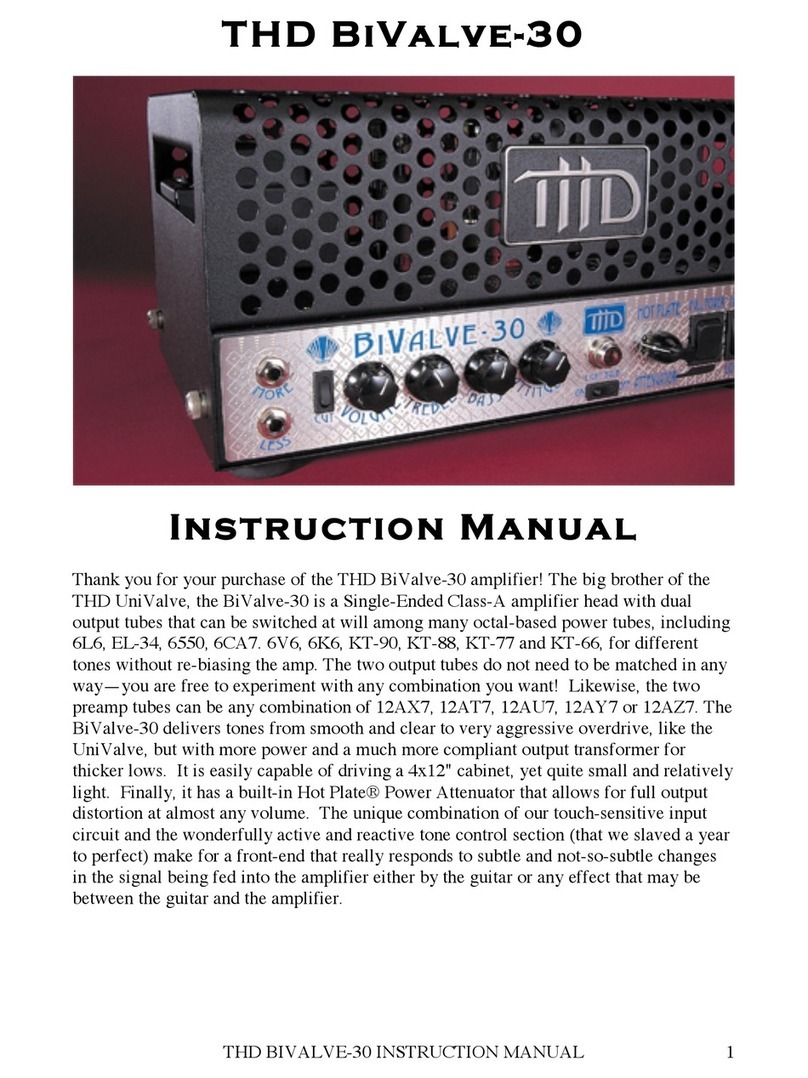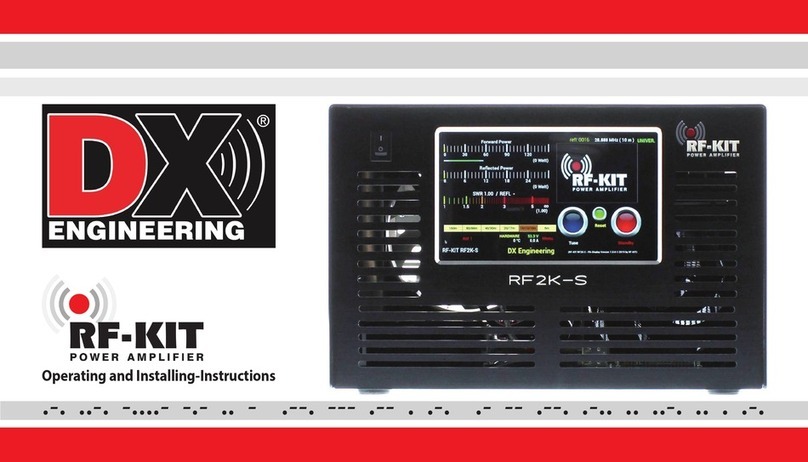Becos MICRO BOOSTER User manual

b
MICRO BOOSTER ONBOARD PREAMP
FOR GUITAR & BASS
INSTALLATION MANUAL
SPECIFICATIONS
Input impedance: >1MΩ
Output Impedance: ~40KΩ
Optimal Battery Voltage: 9VDC ±10% up to 18VDC
Recommended Battery: Alkaline
Power Consumtion: <1mAh in use; 0.1mAh without input signal
Product Size: Lenght: 37mm, Depth: 25mm, Height: 25mm
Product Weight: 30 gr.
Packed Weight: 135 gr.
ADVICE, WARNING & CAUTIONS
- USE WIRING DIAGRAMS FROM OUR WEBSITE AS STARTING
POINT!
- Read this manual before installation and keep it handy.
- Never pull up the push-push switch-pot by force.
- Remove the knob from the switch-pot only when switch is in UP
position.
- Do not exceed 18VDC when powering booster's circuit.
- We recommend using metal shielding where the preamp is to be
installed.
- When soldering and desoldering do not overheat the circuit boards
or any electronic component.
- If sharp tools are to be used in installation, handle with care and
never use force to have things done.
- Make sure the battery is properly attached to the battery snap-on
connector.
- Do not place the electronic circuit & battery in direct sunlight, in
extreme temperature and humidity conditions, or in dusty
environment.
- Do not make modifications to the circuit and do not install the
preamp in any other way except as described in this manual.
- Do not connect the battery or other power source to the output
power bus directly!
- As we struggle to improve ourselves and our products, we may
change products specifications, design, and features without notice.
Likewise, this manual may be changed or modified without notice so
we advise you to download it from the website before installation.
INTRODUCTION
Usually, your guitar is wired like this:
The booster will come latest in the guitar signal path, after the
pickups, volume & tone controls and pickup switch. Its electronic
circuit board is soldered on a Push-Push switch-pot. Push once - the
signal goes through booster circuit (the knob will go a little higher, so
you will notice the booster is engaged); push again - the signal is in
TRUE BYPASS - when switch is off, signal is wire-routed straight to
the output jack.
The potentiometer side of the switch-pot IS NOT part of booster's
circuit, and is meant to replace volume or tone potentiometer in
your instrument for the convenience of having a routing switch and a
potentiometer in one device. Potentiometer has to be rewired just
as it used to be - passive. If it is the tone control that is put in place
of, the tone capacitor has to be moved to the new pot as well.
A 10 pin header connector is available on booster's PCB. Starting
from top to bottom while watching the SMD side of the circuit
board, as shown above, these pins are:
A, B, C - corresponding to potentiometer lugs (which will replace
actual potentiometer in your guitar). This is where wires Gray, Purple
and Blue will be connected. These pins in the header connector are
doubled by connecting holes on the circuit board. They also help to
install the capacitor or hot wire, depending where you install the
booster in your guitar.
+ and - for connecting the battery. Red wire is positive, Black wire is
negative.
RNG (ring), OUT (tip), GND with corrsponding Orange, Red, Brown
wires connect the stereo output connector of the instrument. When
instrument cable is inserted, Ring to Ground powers booster circuit.
IN and GND are the points where White hot wire and Black ground
wire will be connected. This wire puts switch-potentiometer,
booster circuit and the negative side of the battery to guitar's main
ground.
The mono output connector in the guitar will be replaced with an
already wired and included stereo connector. This stereo connector
sends power to booster's circuit as long as guitar cable is inserted.
The instrument's cable plug has to be mono TS (Tip & Slave) plug.
Several short points on-board (A to Ground, C to Ground, B to Input)
may be used to avoid connecting wires, when possible. For some
setups, Tone Capacitor may be installed directly on-board (in
between B pot wiper and Ground). An additional output only Power
Bus is available to power up future BECOS products and/or other
circuits you may want installed in your instrument.
PREPARATION
We strongly recommend you to shield the electronics compartiment
in your instrument with sticky cooper shielding foil, if it's not done
from the factory already. Be sure to connect this shielding to guitar's
main ground point.
INSTALLATION
By now, you've probably chosen which control you are going to
replace: the tone pot or the volume pot of your instrument. We
provide a handful of Wiring Diagrams on product's web page. Please
consult them first! Most likely you will find your setup right there.
We remind you that potentiometer side of the switch-pot IS NOT
part of booster's circuit, and is going to remain passive in your guitar
circuit as before. The switch side of the switch-pot is used to route

pickup signal through the booster or true by-pass to the output
connector of the instrument.
1. Before anything, draw your existent wiring on a piece of paper.
2. Prepare a diagram for booster installation before doing any
unsolderings. Start with the provided wiring diagrams on Micro
Booster product web page.
3. Use the supplied colored wires and solder their ends to guitar's
circuit; the other end will be just attached to the pin header
connector on the booster's board.
4. Fix the output stereo connector to the metal plate at guitar's
output hole.
5. Place and secure the Micro Booster Preamp in place of the
original pot, leaving room for the 9V battery (or two batteries in
series, if you wish to increase headroom to 18V) and have the
preamp's gain knob leveled.
6. Use the battery fixing clip provided to secure the battery in
between the electronics. We recommend sticking this metal clip to
the plastic electronics cover.
7. Connect the battery to the snap-on connector and the Red and
Black wires to the pin header connector as indicated in the image in
this manual or the schematic downloaded from product web page.
Booster's circuit will be powered as long as guitar cable is inserted
into the output (stereo) connector. The plug on the instrument cable
has to be a mono TS (Tip & Slave) plug.
INSTALLATION OF THE NO-POT VERSION
The booster without the switch-pot can be installed anywhere in the
guitar. A DPDT switch is needed (not provided) and it will be wired
with 6 wires (not provided) to the six-holes group on the PCB.
FINAL TOUCH
You may notice that booster's gain setting is made with a knob that
has a long sliding shaft, which may help get the knob through the
plastic cover or pickguard, for an easy setting. That can be very
useful when changing the sounds and amps on a regular basis, such
as when in studio or on the road. However, the Unity Gain trimmer
can only be set when you have full access to the circuit board and is
supposed to stay untouched. If you take the Gain knob trough the
front pickguard (as needed in Fender-like guitars), the hole has to
be 6 mm in diameter and is to be placed at aproximately 11 mm
from the center of the potentiometer's shaft; it will be just near the
control knob (tone or volume). Try to align this hole on the same axis
that aligns all other controls of the guitar, for an aesthetically
pleasing result. Reverse the gain knob, trim it's bottom edge with a
nail clipper and pass it through electronic components, as you see
in the picture on the website. Take out the knob through pickguard
as much as needed (flush face is recommended). If the knob is to be
taken through the plastic cover on the back side of your guitar, you
may vertically align the top of the knob flush with the cover, so the
knob won't rub your clothes. Fix it to the desired length with a small
drop of glue on the trimmer.
SET UP
Booster's gain is is set from the Gain knob. It starts by default from
Unity Gain and goes up to +20dB of amplification. The variation is
logarithmic.
IN OPERATION
BECOS Micro Booster is configured for clean flat boost in all audio
spectrum. Each playing style or gear setup change may require
booster setting adjustments, because everything interacts with each
other. Gain knob sets the amplification bias; it acts like a volume, but
is not a volume control. During swipe, static noise can be heard - this
is normal. It happens because the amplification level (gain) is
adjusting on-the-fly. This behavior is a minor compromise for a
greater good: to minimize amplification noise at any gain level!
When signal is routed through booster (engaged), a modestly gained
clean channel of an amp gets louder, pushing the break-up. Engaging
the Micro Boost in front of an amp set on a cranked channel puts
you in the spotlight instantly. The higher the gain set on the amp, the
more fat & saturated distortion you get, with increased sustain and
plenty of warm harmonics. On high gain, booster's effect is less
obvious in volume, yet more obvious in creamy saturation overdrive,
due to amp's natural compression. You will most likely feel that you
can play faster and easier.
YOUR FEEDBACK, PRODUCT REGISTRATION & SUPPORT
We will always appreciate any direct feedback. Please let us know
how you use our products and how can we in make things better.
Don't forget to register your product to receive full e-mail support
and updates, when they are available.
MICRO BOOSTER ONBOARD PREAMP
FOR GUITAR & BASS
INSTALLATION MANUAL
Version 2.4
Please check and download latest manual!
Use wiring diagrams published on product web page
as a starting point.
Thank you for using BECOS products!
Designed & Hand Made in Romania/EU
www.becosfx.com
Other Becos Amplifier manuals
Popular Amplifier manuals by other brands

Splawn Amplification
Splawn Amplification street rod owner's manual
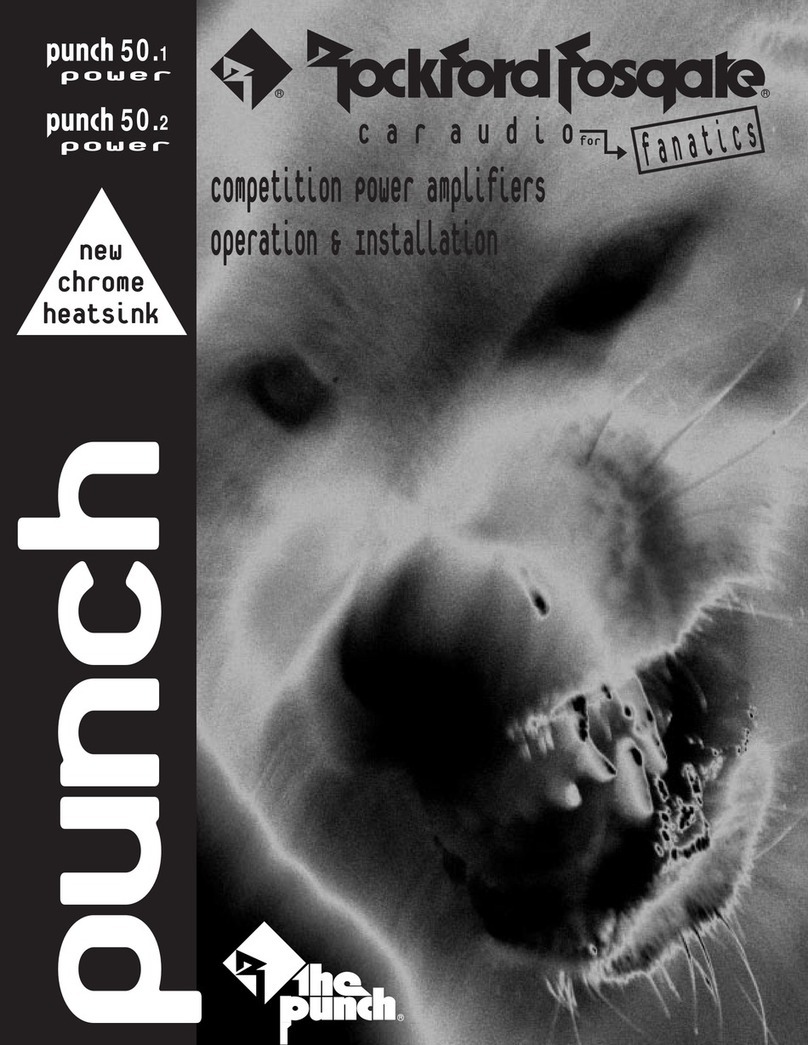
Rockford Fosgate
Rockford Fosgate 50.1 Operation & installation manual

Dynacord
Dynacord FX12 Architects and engineers specifications
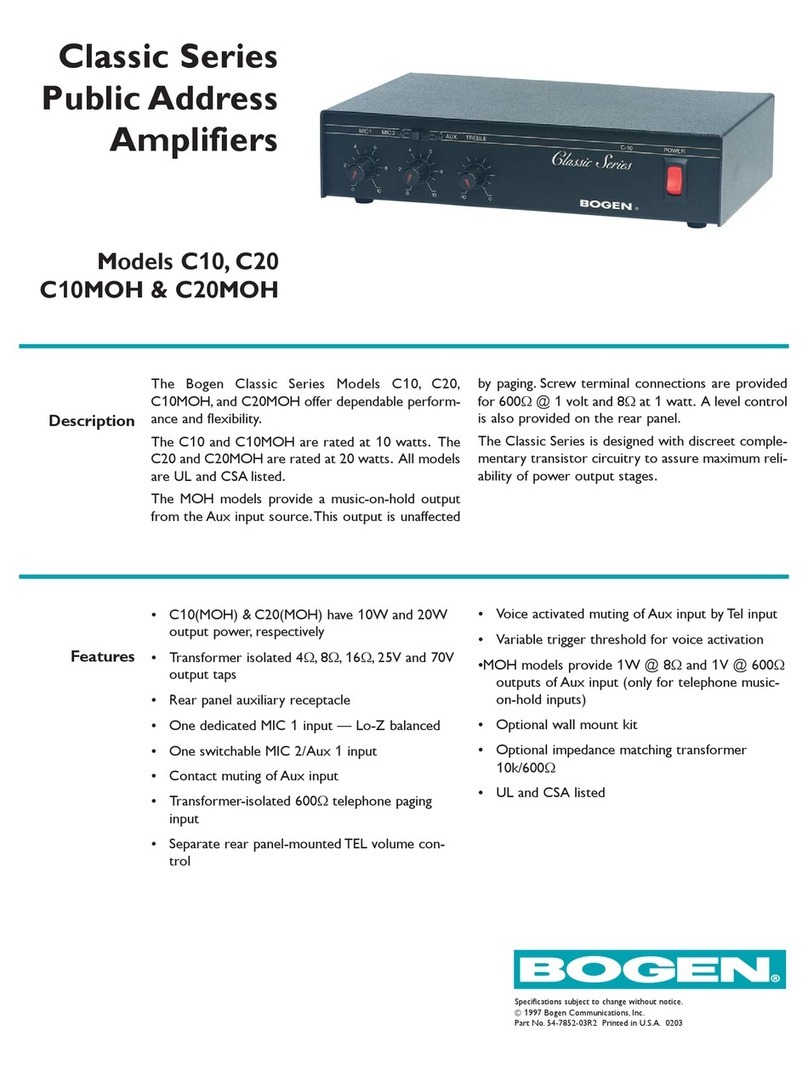
Bogen
Bogen C10 Technical specifications
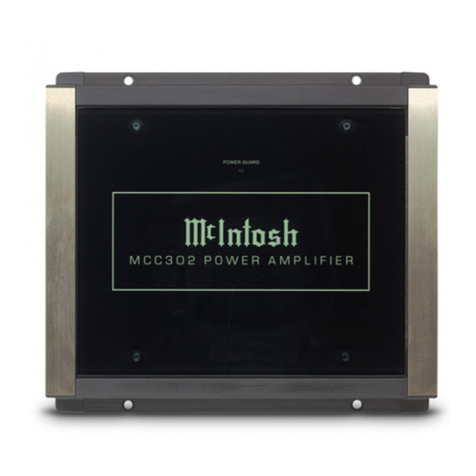
McIntosh
McIntosh MCC302 owner's manual

Onkyo
Onkyo A-8015 Service manual
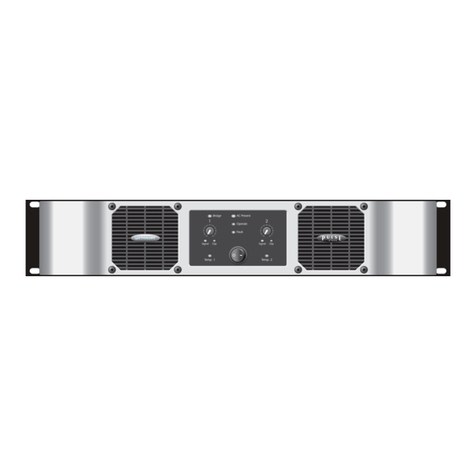
Crown
Crown 2650 user manual
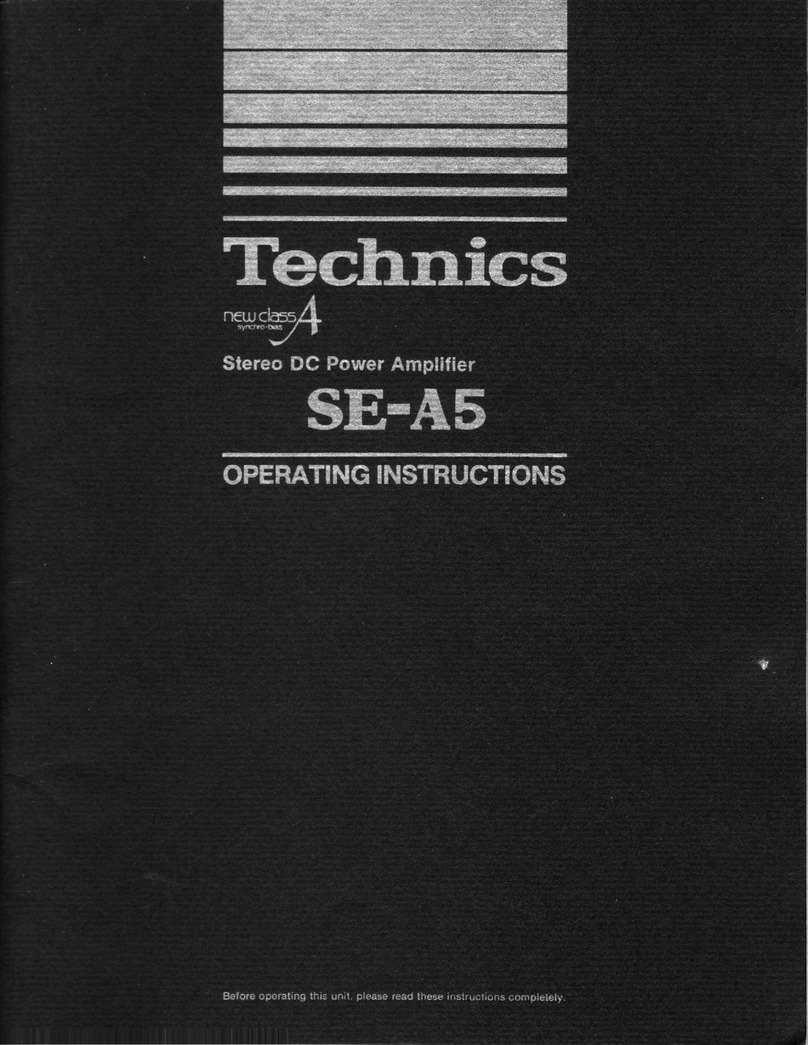
Technics
Technics SE-A5 operating instructions
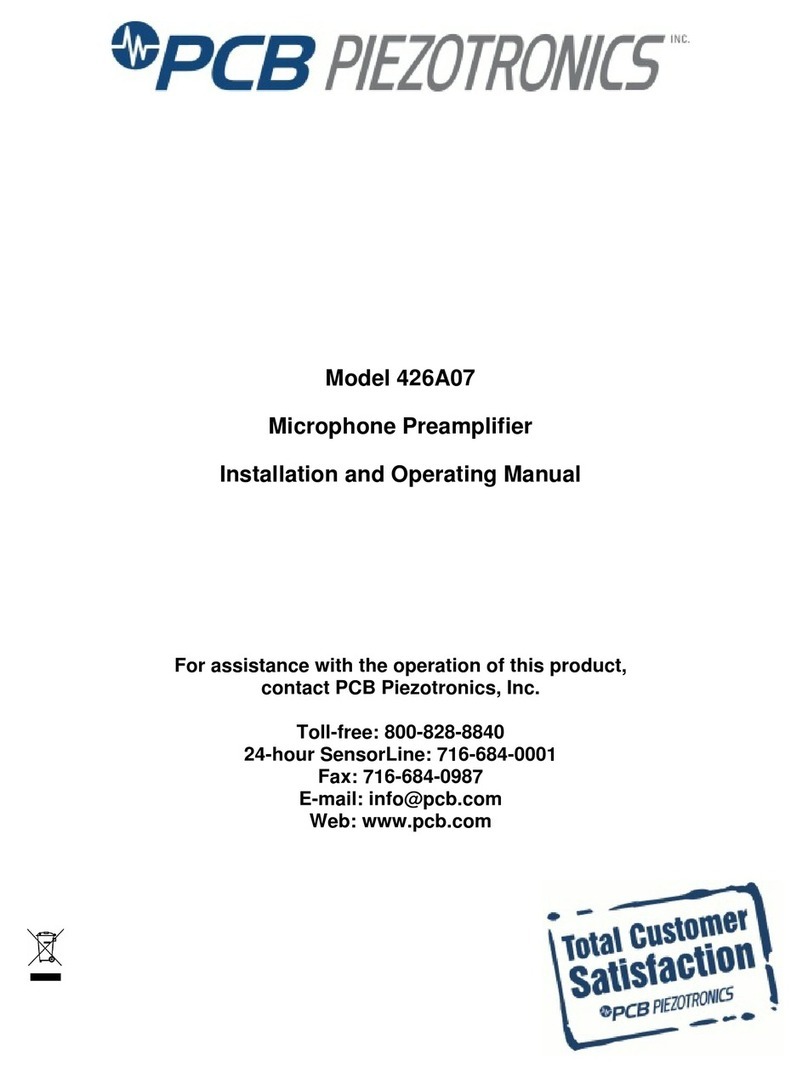
PCB Piezotronics
PCB Piezotronics 426A07 Installation and operating manual
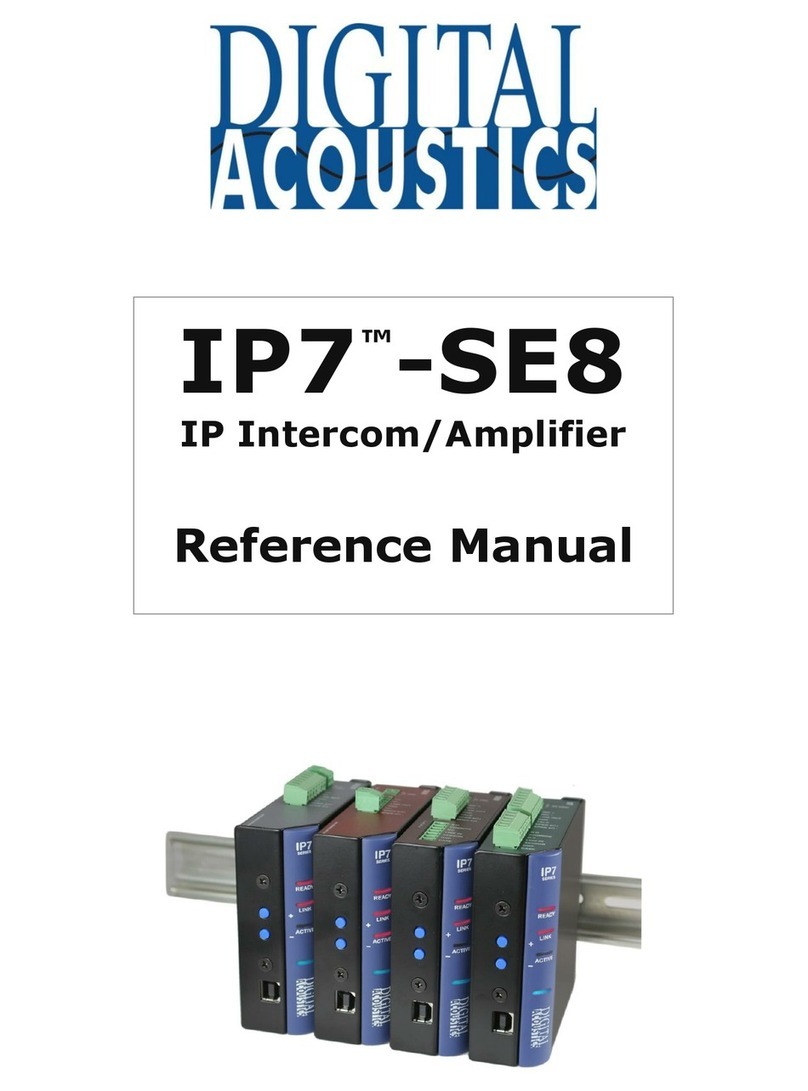
Digital Acoustics
Digital Acoustics IP7-SE8 Reference manual

Harman Kardon
Harman Kardon CITATION 12 Reporting guide
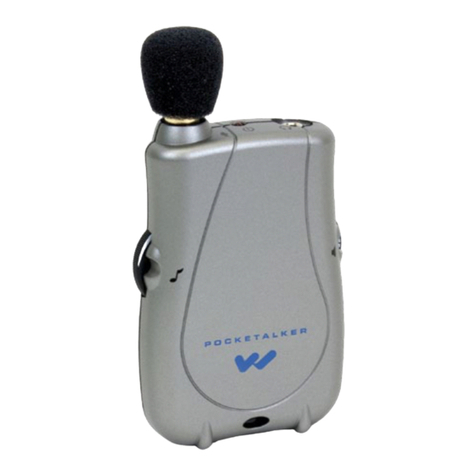
Williams Sound
Williams Sound POCKETALKER Ultra D1 Manual and user guide
